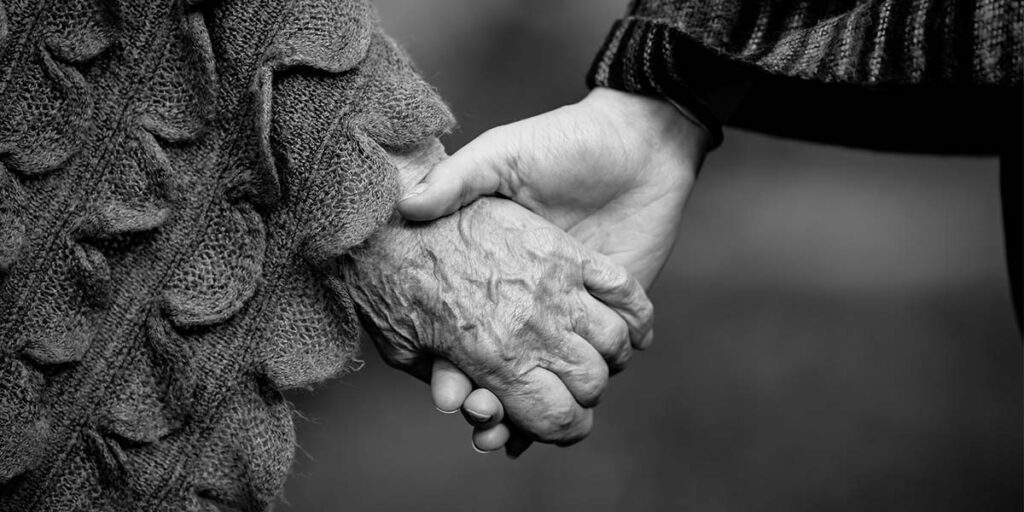Our January Book of the Month is My Grandmother’s Hands: Racialized Trauma and the Pathway to Mending our Hearts and Bodies, by Resmaa Menakem. The movement in family therapy to understand race as an organizing principle of society marches along, with therapists of color teaching, pushing, sharing, yelling, offering grace, repeating, with many white therapists diligently reading their books and claiming they’ve “got it” while microaggressions and racial assaults continue. The field of family therapy parallels society— laws have been passed, DE&I trainings have become standard and yet “The widespread destruction of Black Bodies continues…Why is there such a chasm between our well-intentioned attempts to heal and the ever-growing number of dark-skinned bodies who are killed or injured, sometimes by police officers?” (1) Menakem states: “We’ve focused our efforts in the wrong direction. We’ve tried to teach our brains to think better about race. But white-body supremacy doesn’t live in our thinking brains. It lives and breathes in our bodies. (p.5)” (2)
Resmaa Menakem, in My Grandmother’s Hands: Racialized Trauma and the Pathway to Mending Our Hearts and Bodies, provides a guide to heal from intergenerational racial trauma. A foundational premise of the book is that the United States has been organized around the idea of white-body supremacy. Menakem defines white-body supremacy as a societal construct where “the white body is the supreme standard by which all bodies’ humanity shall be measured, structurally and philosophically.” (3) Menakem clarifies he is not talking about intrinsic worth, but about structural worth, where a society deems some bodies as more human than others. Menakem goes on to say that if one does not understand the structural component, “you will start thinking that the idea of race and racism and white-body supremacy is only about niceness or not niceness, is only about the bad ones and the good ones.” (4)
Changing the white-body supremacy structure operating in our society takes legal work, policy change and body work. What survival strategies have Black bodies developed to survive? What strategies did white bodies employ to watch, witness and perpetrate hundreds of years of brutality to Black bodies? Menakem puts forth that something “enabled them [white bodies] to override the human body’s normal reaction of shock, horror, terror, and disgust.” That something was deep and persistent trauma. Menakem asks the question: “what do you imagine is stuck in their bodies? What got passed down in and through them?” (p 72) (5)
Healing from white-body supremacy means taking the time to see how it shows up in our bodies: to name and notice the ways our bodies constrict and expand, depending upon who we are with and what we are discussing. Menakem reminds us that race has a charge to it – a 400-year-old charge. The repeated practice of pausing, noticing and naming what is happening develops one’s capacity to contain the charge. Doing this working individually and collectively develops both individual and collective capacity to hold the charge. For white bodies, understanding and developing capacity to hold the charge around race means there is less likelihood of the charge getting “blown through” Black bodies and Bodies of Culture.
My Grandmother’s Hands is a book of individual and collective body practices, with the goal of healing racialized trauma and moving away from white-body supremacy. Menakem encourages white bodies, Black bodies, and Bodies of Culture to meet separately in their collective groups, to practice together. This separate but collective healing is needed because the work for each group is different. White bodies are charged specifically with taking responsibility for their own healing by creating a culture separate from white-body supremacy and not expecting Black bodies and Bodies of Culture to show the way.
The hard work of slowing down, pausing, noticing and choosing conscious action with an awareness of impact, will help heal racialized trauma with the hope of providing a different culture for generations to come.
References:
1, 2, 5 — Menakem, R (2017). My grandmother’s hands: Racialized trauma and the pathway to mending our hearts and bodies. Las Vegas: Central Recovery Press.
3, 4 — Simon, T. (Host). (2021, Jan 5). Somatic Abolitionism [Audio podcast episode]. In Insights at the Edge. Sounds True Production Company.
Book club selection and description written by Catherine Lewis, LCSW
About Ackerman’s Community Book Club:
Ackerman’s Community Book Club is a monthly series of reading recommendations curated by our family therapy instructors. We invite you to read one book each month that explores diversity, equity, and inclusion and join us on a pathway to curiosity. The books on our list have been selected with the aim of increasing knowledge, empathy, willingness, and skill to confront xenophobia as therapists, educators, and lifelong learners, in the personal and professional spaces we occupy.
